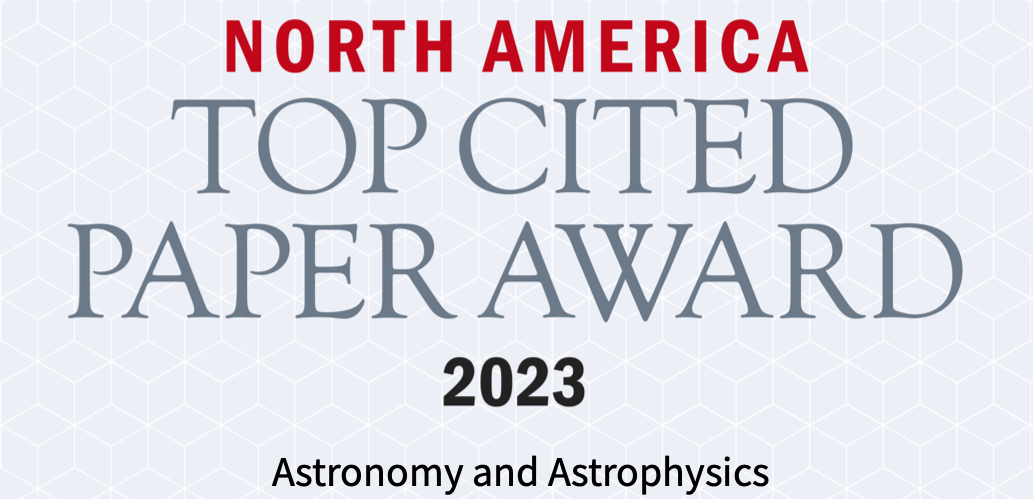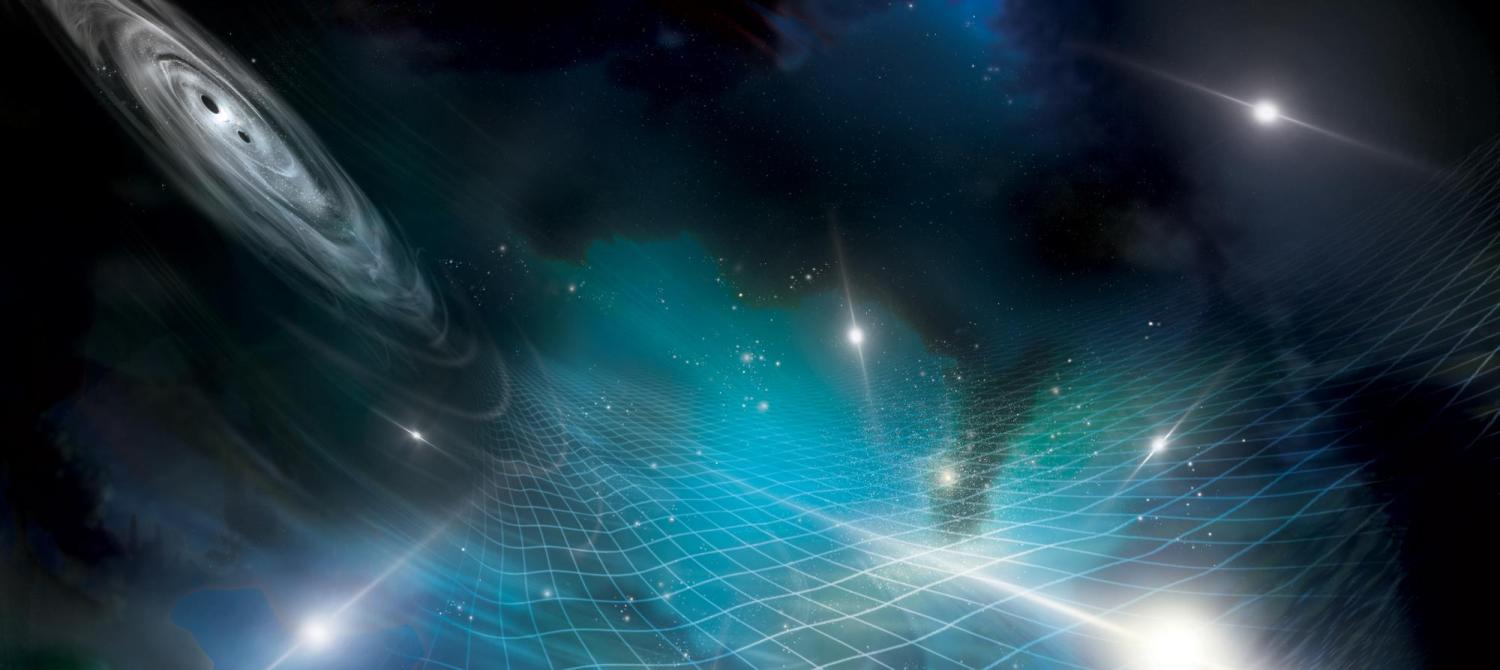
"Hero of NANOGrav" for November 2023
I was incredibly surprised and honored to be recognized by my colleagues as the collaboration's Hero in November.

I am a NSF Astronomy & Astrophysics Postdoctoral Fellow at the University of Colorado, Boulder, where I work with Dr. Julie Comerford's research group. Previously, I was a postdoc at NASA's Jet Propulsion Laboratory. I received a B.A. from Franklin & Marshall College in 2007, and a Ph.D. from the University of Wisconsin-Milwaukee in 2017.
My undergraduate degree is in Music/Theatre and after graduating, I worked at the Fulton Theater in Lancaster, PA for five years as an audio engineer and sound designer. My love of physics and astronomy ultimately led me back to graduate school, where I started my work studying supermassive black holes using both the electromagnetic light that they and their host galaxies emit as well as the gravitational waves emitted when two black holes merge.
I am a gravitational-wave astrophysicist, meaning that I use both traditional electromagnetic astronomy, which observes the light that objects emit to study astronomical processes, as well as the gravitational waves that massive compact objects, like black holes, emit when two or more objects interact with each other. Gravitational waves are ripples in the fabric of spacetime itself. They provide unique insight into astronomical interactions that cannot be seen by traditional electromagnetic observations.
My work sits at the intersection of gravitational waves, extragalactic observational astronomy, and theoretical astrophysics. Bridging multiple disciplines, my recent projects focus on combining pulsar timing observations of the stochastic graviational wave background with observations of galaxy mergers to understand the life cycle of binary supermassive black holes.

I was incredibly surprised and honored to be recognized by my colleagues as the collaboration's Hero in November.

The NANOGrav 12.5yr Data Set: Search for an Isotripic Stochastic Gravitational-wave Background paper, which I led, was one of the top cited papers from North America for IOP Publishing during the period of 2020-2022.

In a new focus issue of ApJ Letters, NANOGrav, the North American Observatory for Gravitational Waves, reports evidence for the specific imprint of gravitational waves in our pulsar timing data. This exciting new result opens a new window into the Universe and reveals interesting insights into the binary supermassive black hole population.

In a new paper, I use a new approach for inferring the SMBH mass function, starting from a velocity dispersion function rather than a galaxy stellar mass function and find that the resulting binary SMBH population is more consistent with current pulsar timing observations. This population contains more massive systems at higher redshifts than previous models, which are more in line with recent observations of "relic" galaxies as well as the emerging, puzzling picture of massive SMBHs at high redshift from JWST.